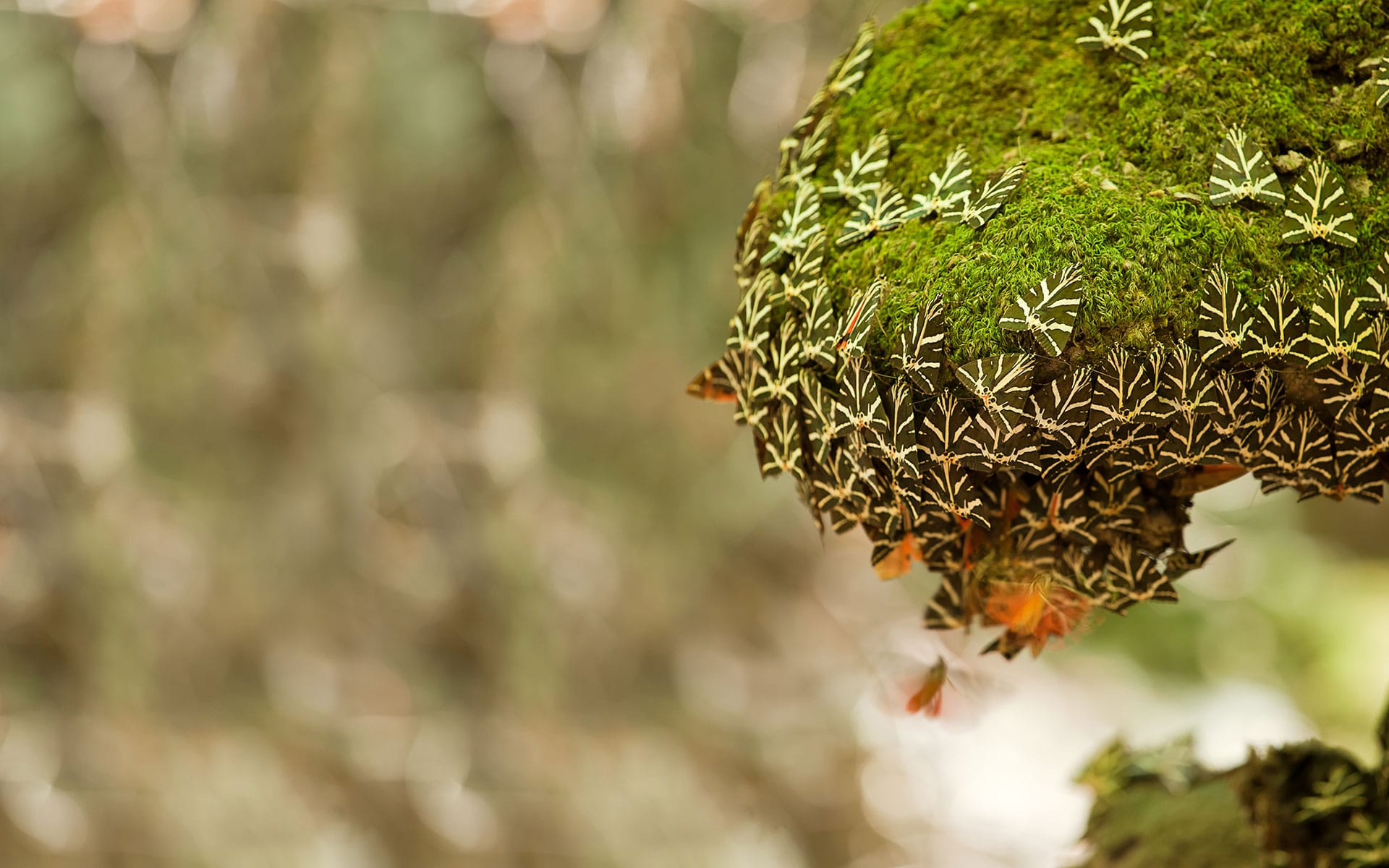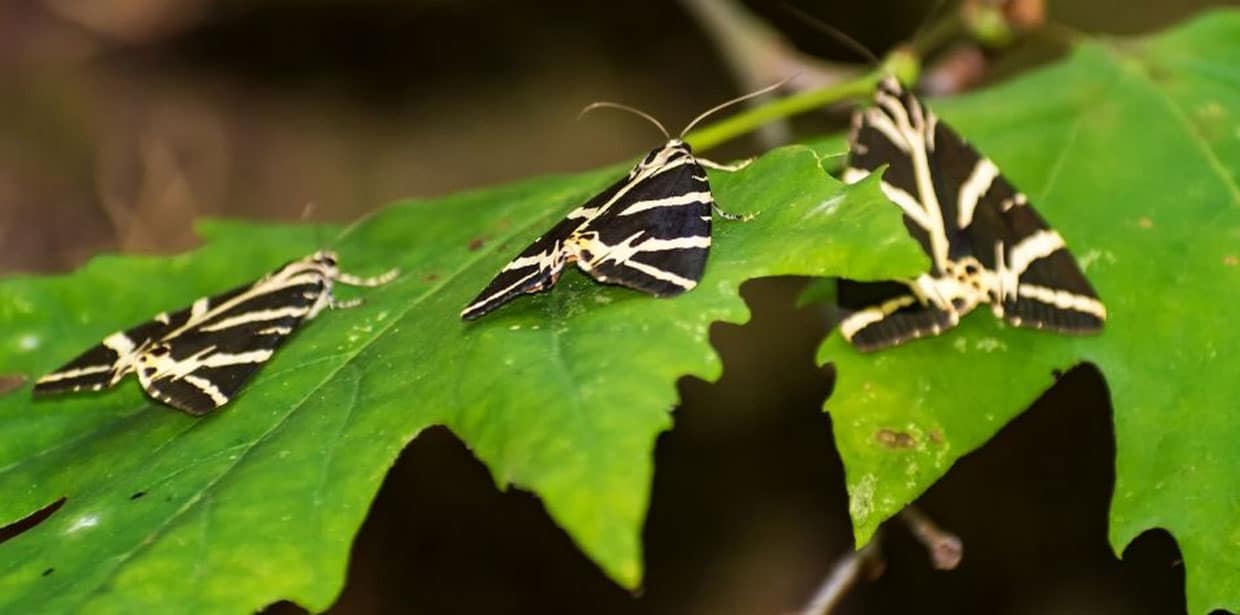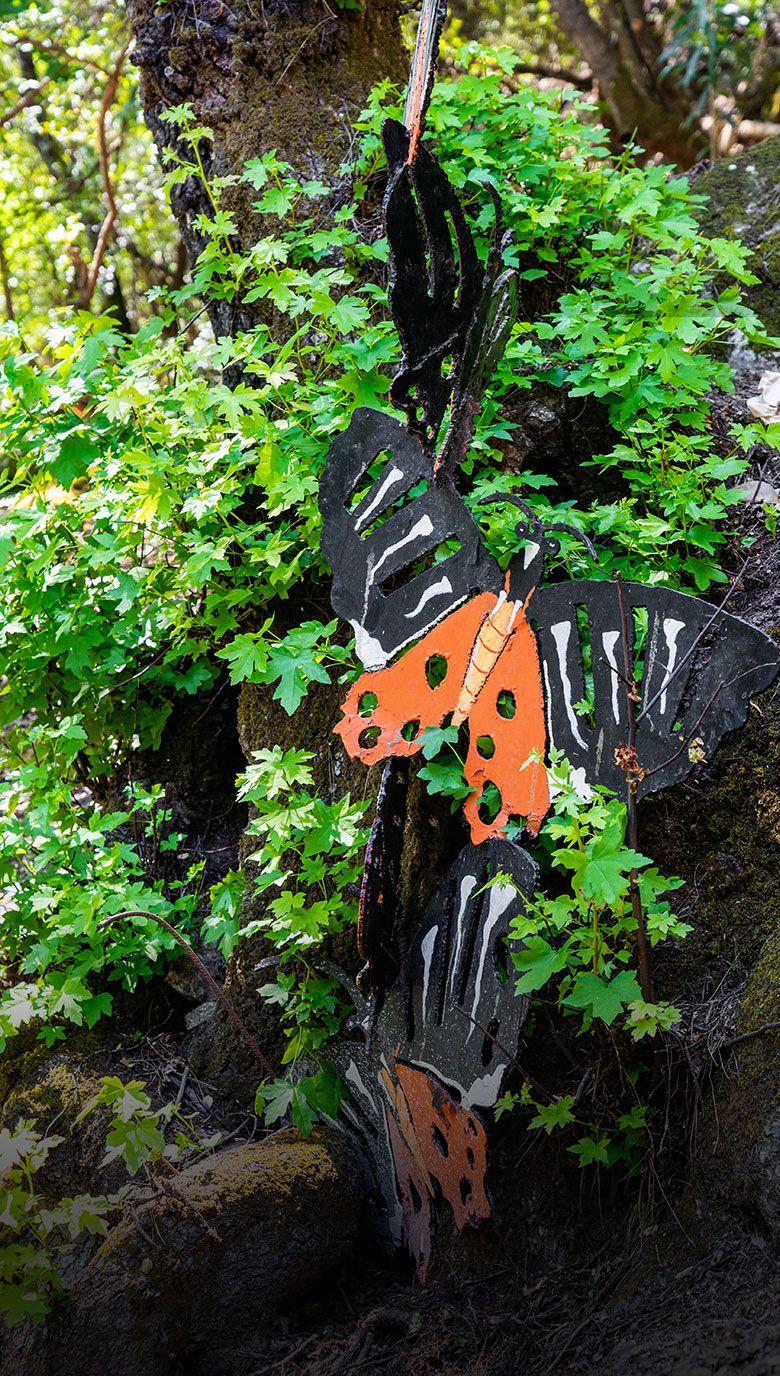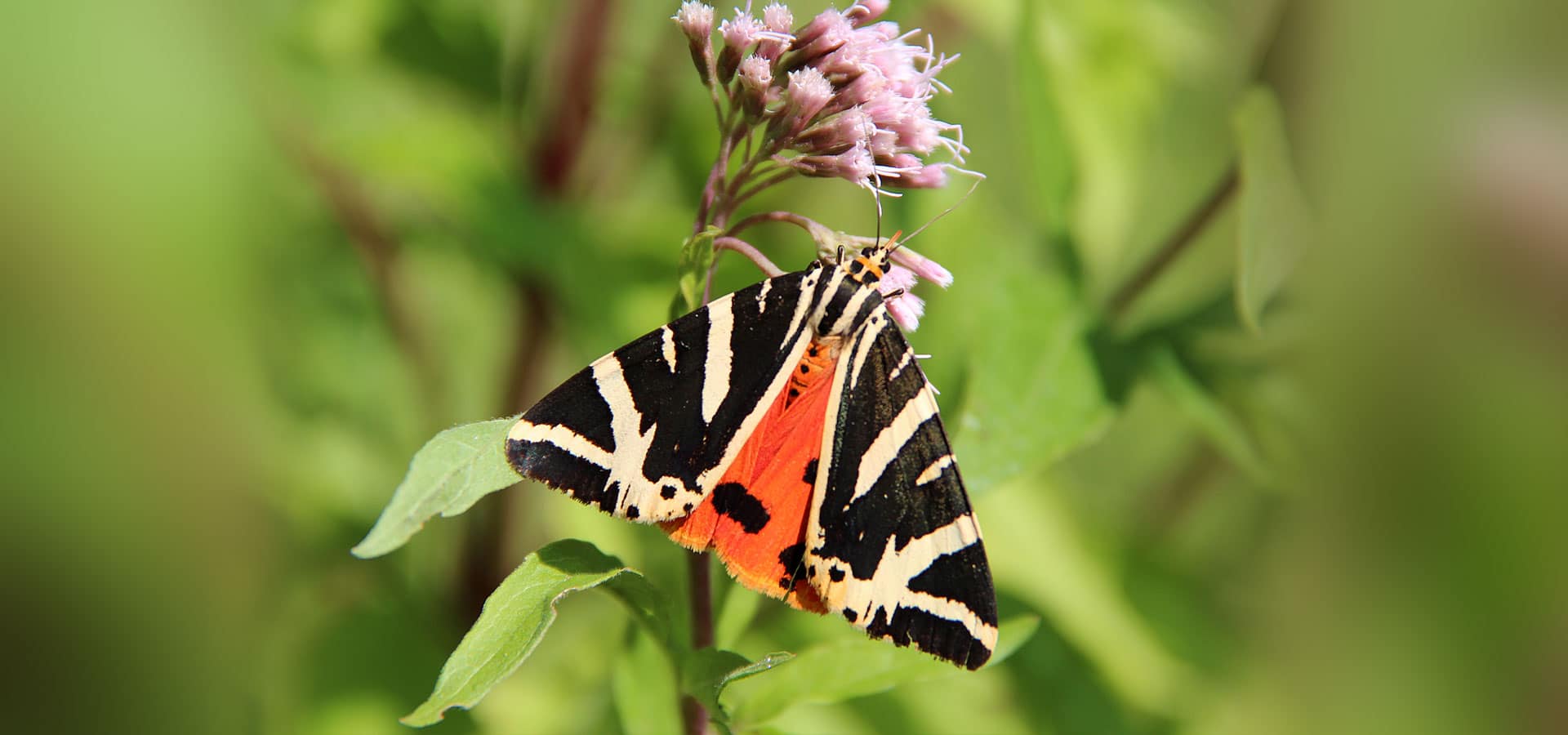
Panaxia Quadripunctaria
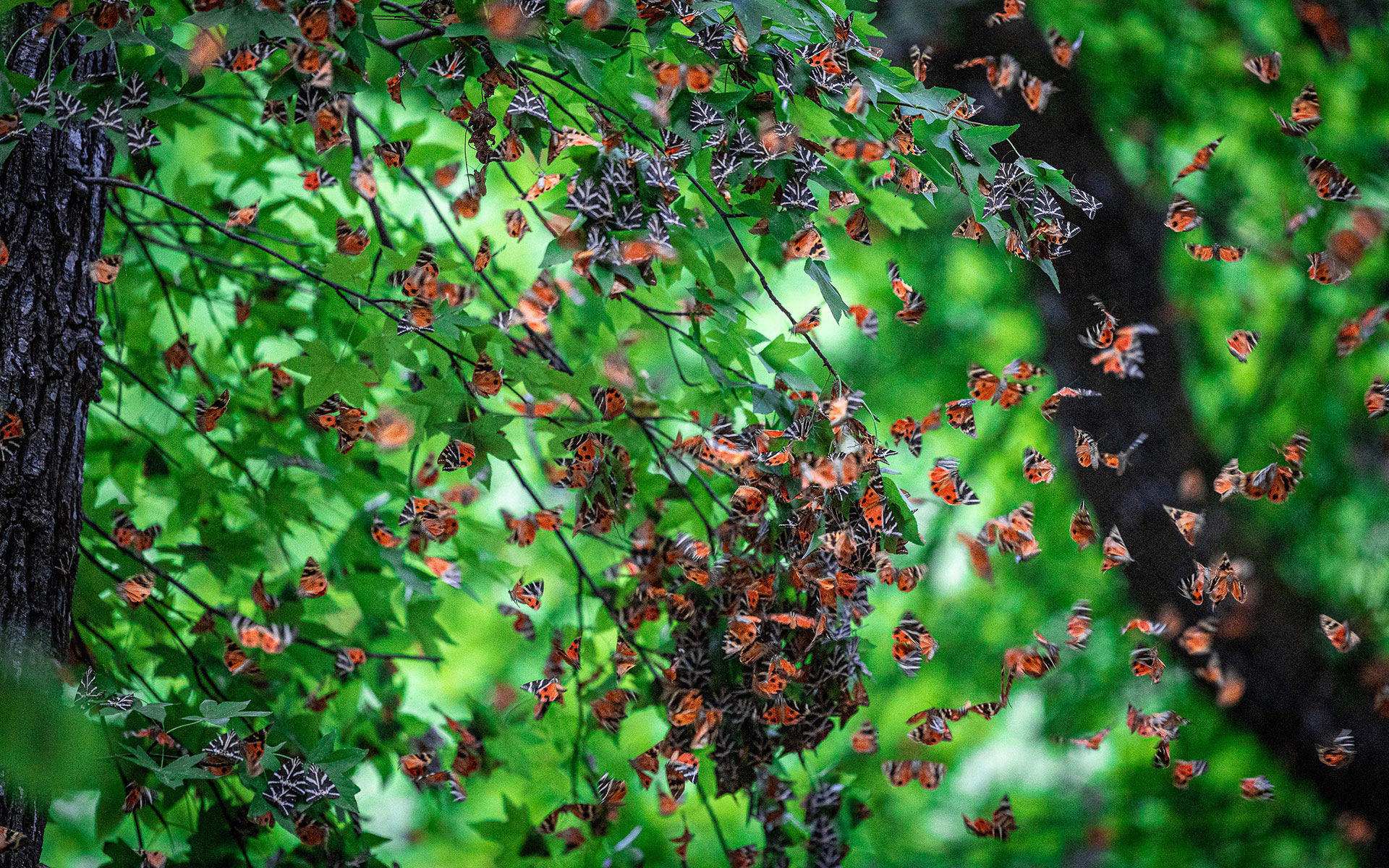
PANAXIA QUADRIPUNCTARIA
An Eternal Life Cycle
Panaxia Quadripunctaria undergoes four life cycle stages before reaching its “complete metamorphosis”. This entire process can last from a month to a whole year. After that, they lay their eggs and perish. This process starts around the end of September, when the females emigrate rapidly to their primary habitats to lay their eggs, after reproducing near the end of August and the beginning of September.
Then, they go through the rest of the three life cycle stages, before migrating again to Rhodes during May, while they are in their fourth and last stage. Due to their lack of stomach, they cannot eat, thus resting is their only way of surviving until early autumn.
In June, most of the moths which live in the lower part of the Valley of Butterflies move towards the higher sections of the natural habitat until their remigration in September. The female butterflies usually rest on the upper part of the trees and the males stay lower, closer to the ground.
During the rest of the months, the Panaxia Quadripunctaria mostly sleep until late at night, so they can preserve their energy for their upcoming mating and migration process. This is reality after all, an endless cycle of life and death full of beautiful, cherished moments.
FUN FACT!
They don’t fly in groups, but as individuals!
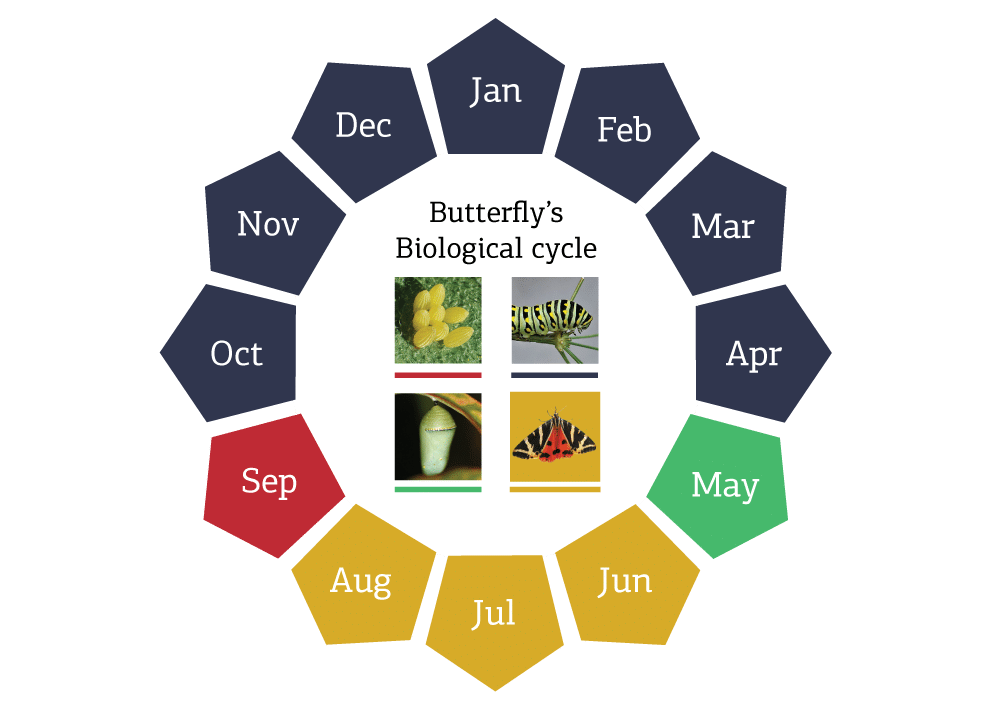

Respect their habitat
Nevertheless, the moth’s population is being reduced and there are plenty of factors which contribute to that, one of which is the effects of tourism. This does not mean you cannot visit the valley, but we urge you to be as discreet as possible and not do anything which may upset them. Their nonexistent stomach during mating season means that they must store their energy supplies for their migration in September and any unnecessary flying will only put a strain on them.

